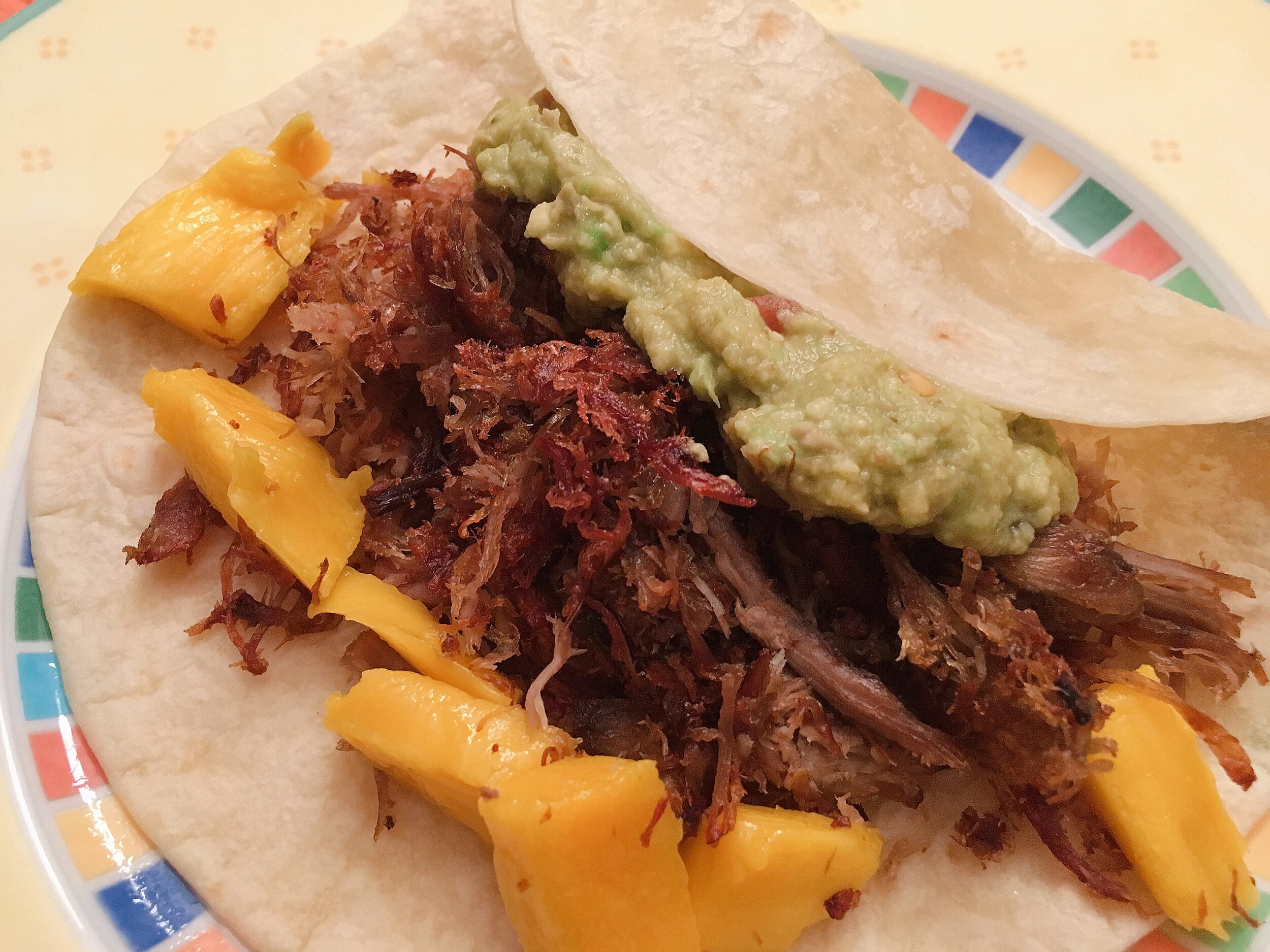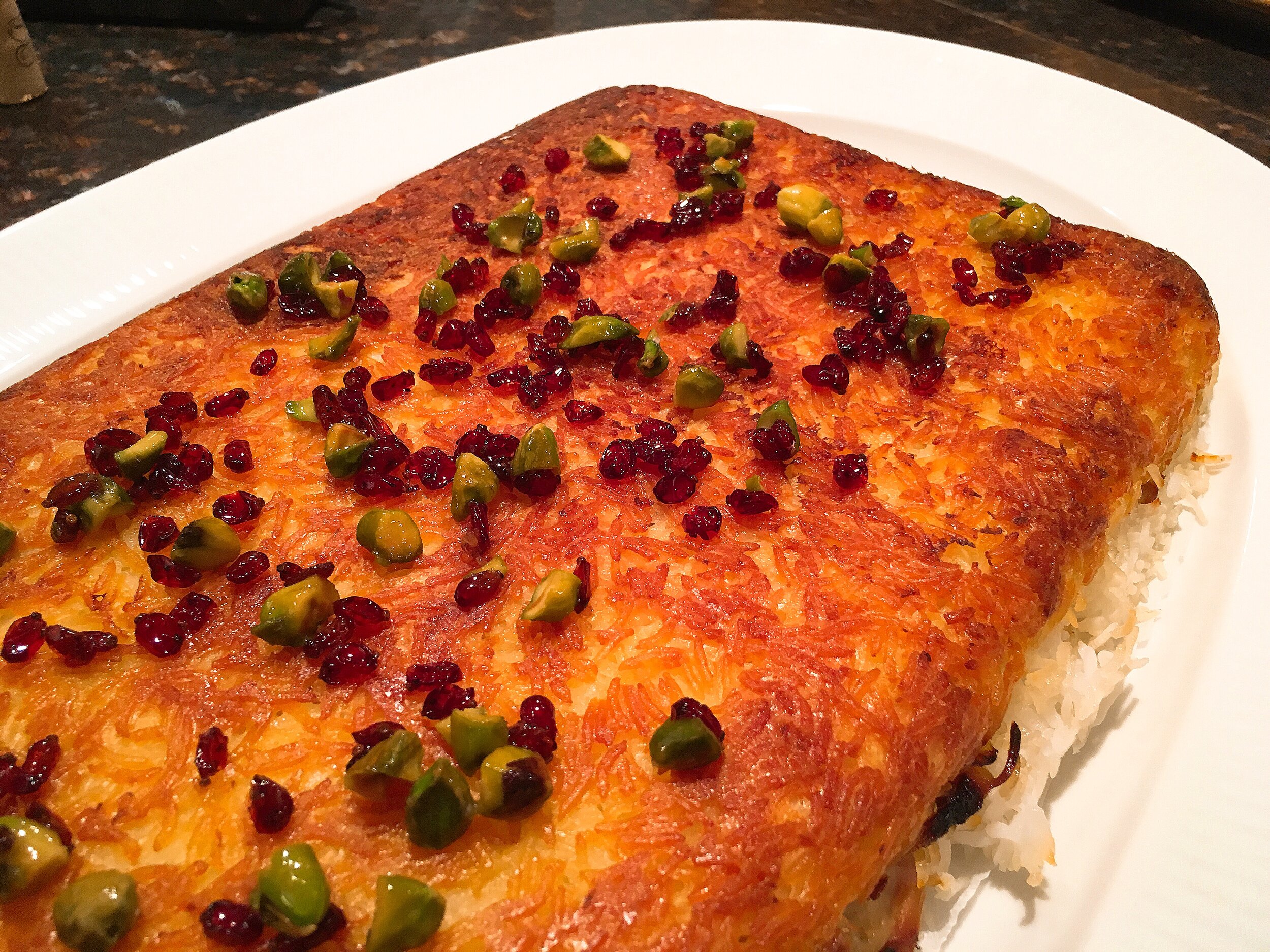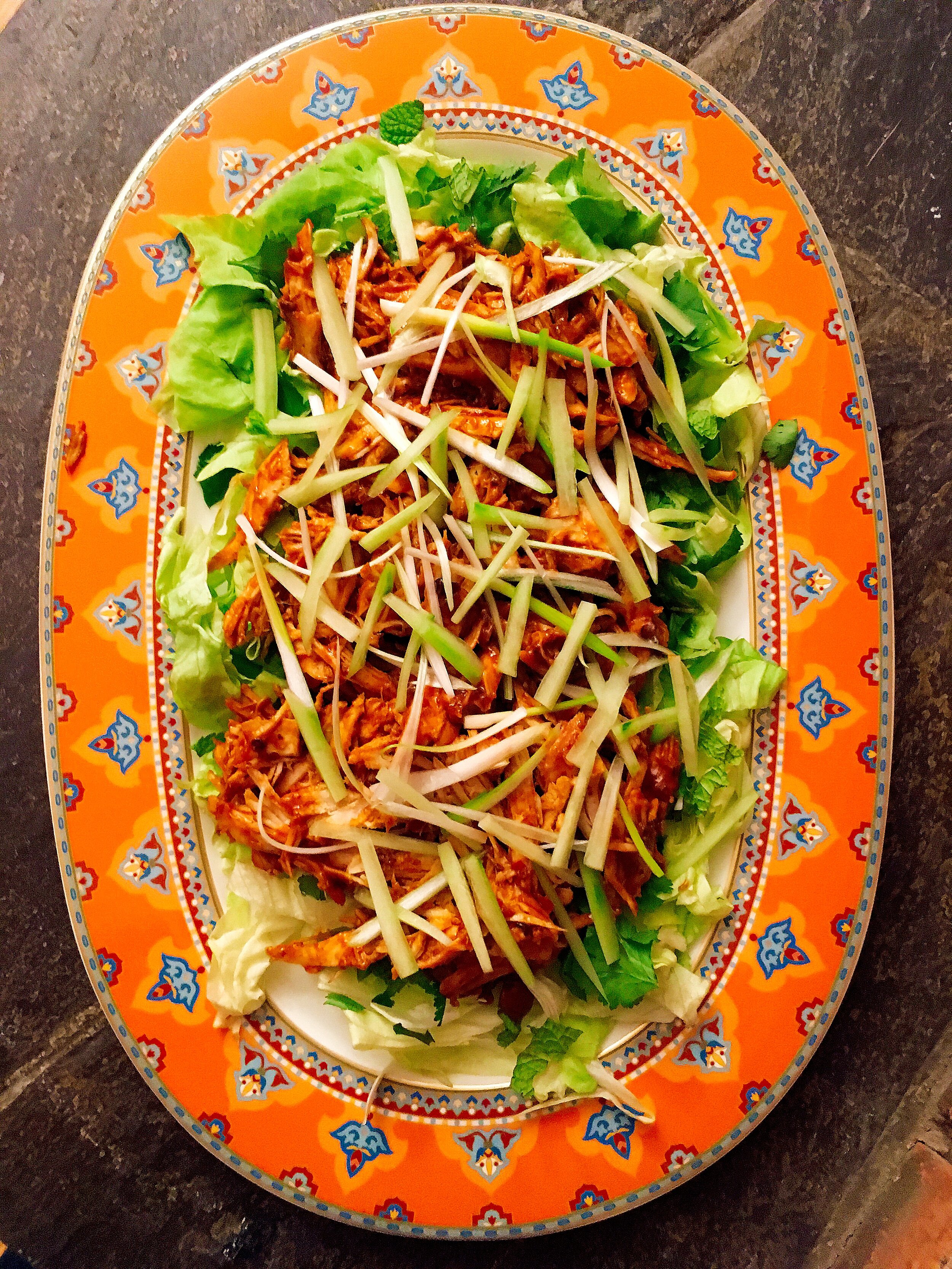Thanksgiving. It’s complicated.
A typical Thanksgiving plate at our house!
I would guess that for many, the complications surrounding Thanksgiving often involve difficult family members, like the uncle who won’t stop arguing about politics or the sister-in-law who insists on bringing a salad that includes canned cranberry sauce, mini marshmallows, and mayonnaise. (Apologies to all who like this combination and to those who like to argue politics at Thanksgiving.)
When we zoom out beyond the stress of our own family dramas, we find Thanksgiving is also complicated in the same way that Columbus Day / Indigenous People’s Day is.* I once worked at a school where I was the 10th grade advisor. In that role, I was tasked with organizing the annual Thanksgiving banquet, for which the students had traditionally served the meal dressed in costume as “pilgrims and Indians.” I just couldn’t do it. Instead I had the students research foods that are indigenous to the Americas and design centerpieces with information cards to highlight those items. I only lasted there for a single year.
Our mythology about the origins of Thanksgiving sanitizes so much of the reality of the early years of America, and yet the idea of Thanksgiving in a more global sense, the importance of showing gratitude for what we have, is a worthwhile practice, and I wanted to bring something more meaningful to the table last year.
My kids love turkey, stuffing, and my cider gravy†, so much so that when they were kids that was an occasional Sunday supper, not just a Thanksgiving treat, and I always have to make that for Thanksgiving Day proper. But everyone was also around last year for Friday dinner, and with so many overwhelmingly difficult emotions about the situation with immigrants in our country today, I took inspiration from other cultures to create something new from our leftovers. I know these are not authentic, but I also thought about how Thanksgiving so often is meaningful to new immigrants, a holiday that can make them feel more a part of their new home. I remember a story my mother told me once about one of the men who worked in her building in NYC. I don’t remember where his family was from, but they didn’t find turkey all that tasty. Nonetheless, they roasted a turkey for Thanksgiving because it was an American tradition, and then they fried thin slices in olive oil to make it more to their liking.
So with the leftovers of our traditional Thanksgiving meal I made turkey carnitas, a turkey and rice tadig-style dish (substituting cooked turkey for the chicken in the original), and bang bang turkey, inspired by the cuisines of Mexico, Iran, and China respectively, paying homage to the immigrant fabric that binds our country together, which strengthens and enriches our lives, something for which I am so very grateful.
* We now know quite well how horrific Columbus was to the indigenous people he encountered. At the same time, I find it interesting how the history of Columbus Day relates to Italians as the undesirable immigrants at that time and to efforts to make them more accepted in America. For further information on the origin of Columbus Day see this article.
† I like to make my gravy with Johnny Mash, a local artisan hard cider. I don’t have a set recipe, but here’s the gist of it: While the turkey (or chicken or pork roast or...) is resting on a carving board or platter, place the roasting pan on a burner or across two burners, and sprinkle into the pan drippings about 2-3 Tablespoons of flour for every 12-ounce of bottle of cider you intend to use. Whisk the flour into the fat and then pour in the cider. Cook while whisking to deglaze the pan, and continue to cook until thickened. Strain the gravy and keep warm until serving.




